Ready to show: European BBM get a new start in life
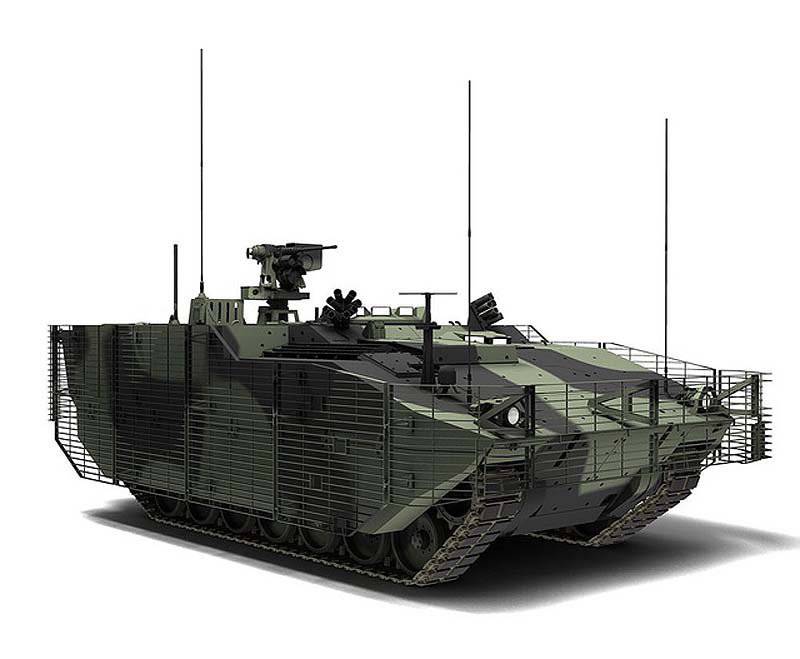
General Dynamics UK's newest computer image of Scout SV family — Protected Mobility Recce Support (PMRS) intelligence support vehicles with hinged and grid armor and roof mounted remotely controlled weapons
The European armies radically eliminated the heavy armor, re-formed their forces and re-adapted to the changing operational realities. Let's look at the main programs in the field of armored vehicles.
By the end of 2014, foreign contingent combat operations in Afghanistan are scheduled to be completed and combat armored vehicles deployed there (BBM) and other weapons will be sent home.
As a result, European armies are currently re-reviewing the percentage of obsolete and new cars in their fleet of BBM. Outdated machines are being upgraded in key areas such as booking, mobility and firepower to extend their life.
In fact, in all recent programs, light and medium BBMs, their combinations of tracked and wheeled types, were considered. Some countries, however, such as France and Italy, place particular emphasis on wheeled APVs because of their better strategic mobility and potentially lower cost of operation and maintenance. The number of main combat tanks (MBT) was significantly reduced, and potential MBT modernization programs received a low priority and the terms for them were moved to the distant future.
As a result of such processes, the phenomenon when the army in Europe is armed with machines that were created more than 35 years ago has become quite common. As a rule, they have undergone numerous upgrades, but ultimately have to be replaced due to the fact that the basic model no longer meets the requirements and many of the subsystems are outdated and are no longer serviceable.
Denmark constantly upgraded its M113 armored personnel carrier. But, in the end, they came to their physical and moral limits, and therefore the country is currently holding a competition in which 5 vehicles, both wheeled and tracked, are taking part.
Danish competition
The largest project in Europe today is the Danish program to replace its fleet of obsolete tracked armored personnel carriers of the M113 series and their variants manufactured by BAE Systems. Denmark initially selected 8 machines to meet their needs in quantities ranging from 206 to 420 machines, but in the end the army tested only five machines. Interestingly, Denmark, in order to meet its needs, went along a really open path, considering wheeled and tracked variants.
Two wheeled vehicles in the 8x8 configuration were considered: Piranha 5 from General Dynamics European Land Systems-MOWAG (GDELS-MOWAG) and gigi Blinde de Combat d'Infanterie (VBCI) from Nexter Systems. Plus three tracked vehicles: ASCOD 2 from GDELS-Santa Barbara Sistemas, Armadillo from BAE Systems Hagglunds and Protected Mission Modular Carrier G5 (PMMC G5) from FFG Flensburger.
In addition to the basic version of the BTR of Denmark, five specialized options are needed: sanitary, operational management, engineering, a mortar carrier and repair and evacuation. All applicants were tested at the start of 2013 and completed by the end of that year. The contract should be issued at the beginning of 2014, but was postponed until the middle of the year.
As this is one of the few BBM competitions in Europe, the stakes in it are very high for all contractors, although Piranha 5 and PMMC G5 are still awaiting their first production contracts.
The Danish army is already operating GDELS Piranha III (Class 3) 8x8 and Eagle IV 4x4 reconnaissance / command armored cars, as well as the latest CV9035DK BMP from BAE Systems Hagglunds.
Video presentation of one of the applicants for the Danish program of the PMMC G5 tracked vehicle from the German company FFG Flensburger
Applicants for the Danish program to replace the BTR M113
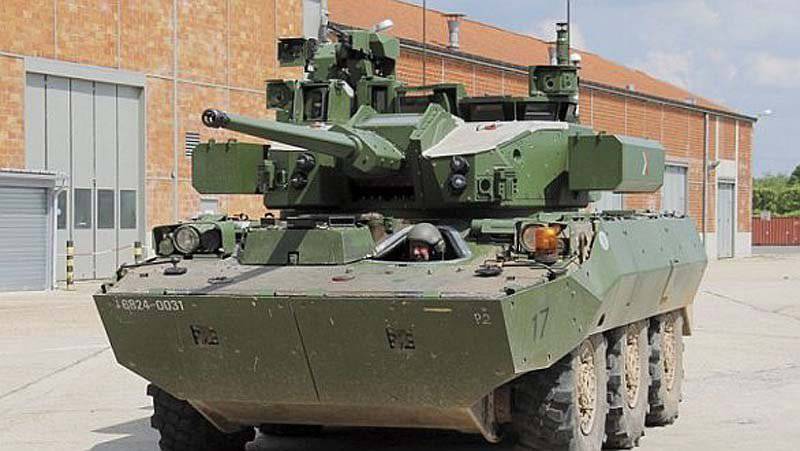
AMX-10RC 6x6 armored car from Nexter Systems with an installed Nexter Systems T40M twin turret, armed with a CTAI 40-mm CTWS cannon, and a roof-mounted combat module with an 7,62-mm machine gun
French BBM programs
For all these years, the French army received a total of 406 tanks plus 20 armored vehicles.
The fleet of French tanks Leclerc is currently declining and, on the basis of available funding, a number of them will be modernized. However, according to current plans, modernization is unlikely to begin before the end of the decade.
The two high-priority programs of the French army are the Engin Blinde de Reconnaissance et Combat (EBRC) combat reconnaissance armored vehicle and the Gible Blinde Multi Role multipurpose armored vehicle (VBMR).
A request for information on EBRC and VBMR was released in December 2013 of the year and is expected to be a completely French solution, combining the experience of Nexter Systems, Renault Trucks Defense (also owns Panhard Defense) and Thales. The EBRC is a replacement for the currently deployed AMX-10RCR 6x6 armored car from Nexter Systems, which has an 105 – mm gun and a Sagaie 6X6 armored car from Panhard Defense with an 90-mm gun.
The need for new cars is 248 units with a possible adoption date in 2020 year.
As expected, the EBRC will have a 6x6 wheel formula and a twin turret armed with an 40-mm CTWS telescopic weapon system (Case Telescoped Weapon System) proposed for the Lockheed Martin UK Warrior Warrior Capability Sustainability Program [WCSP] The Scout Specialist Vehicle from General Dynamics UK of the British Army, developed by CTAI, as well as an 7,62-mm machine gun.
Anti-tank guided missiles (ATGM) launchers can be installed on the turret, offering high-precision direct and indirect fire.
With an eye on the EBRC program requirements, Nexter Systems has already manufactured a twin T40M turret armed with a CTWS CTAI 40-mm cannon and a 7,62 mm remote-mounted combat module mounted on the roof. The turret was installed on the Nexter Systems AMX-10 RC 6x6 armored vehicle, which passed fire tests.
VBMR is a replacement for the Renault Trucks Defense armored vehicle VAB (Traffic de l'Avant Blinde), which entered service with the French army in l976-1977. Over the years, 3975 machines have been supplied for a wide range of tasks. VAB has been upgraded many times, but by modern standards it does not have enough mobility and protection and therefore there is an urgent need to replace it.
It is expected that VBMR will have an 6x6 configuration with a planned cost per unit of 1 million euro (1,4 million dollars), excluding state-supplied equipment, such as weapons, communications, battle management system and an additional booking kit.
It is clear that the Arms Purchasing Authority allocated funds to Renault Trucks Defense and Nexter Systems for the creation of VBMR 6x6 demonstration samples and they are now fully prepared.
The decision of the company Renault Trucks Defense received the designation BMX01, and the demonstrator from Nexter Systems the designation BMX02. Renault Trucks Defense also produced the first five of ten VAB Mk III 6x6 vehicles.
BMP VCI from Nexter Systems French Army. The tower is equipped with a rooftop panoramic monitoring and guidance system for the commander.
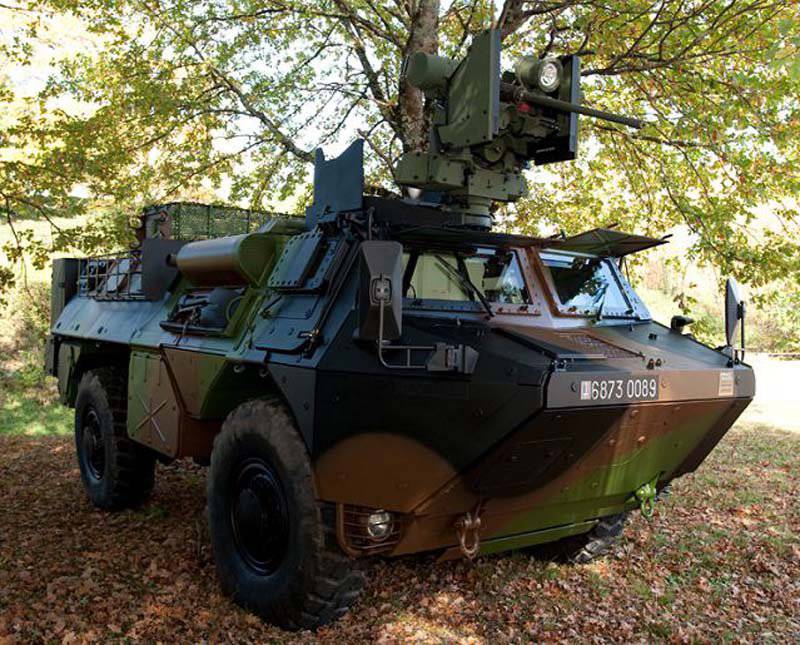
The upgraded French Army VAB 4x4 BTR with passive armor invoice and Kongsberg Protector DBMS with M12,7 HB 2-mm machine gun
The French army accepted the delivery of the 630 VBC: 520 in the BMP configuration and the 110 in the control point configuration. Final deliveries are due in the first quarter of 2015.
The VBCI line will be used to upgrade some of the options in order to preserve the characteristics of the machine after installing the additional booking kit, when the total weight rises to 32 tons.
The British Army is seeking to meet its future needs for a utility vehicle utility vehicle (UV), so at the end of 2014, VBCI tests are scheduled in France.
France is also updating its smaller armored vehicle fleet; Panhard Defense has so far supplied the French army 1113 small protected vehicles Petit Vehiculele Protege (PVP).
The French army is armed with a large fleet of reconnaissance vehicles VBL (Requule Blinde Leger) from Panhard Defense; The last VBL of the total in 1621 machine was delivered in 2011 year. VBLs have been sold in at least 15 countries; The newer, heavier version of the VBL Mk 2 with the Kongsberg Protector DBMS installed was sold to Kuwait.
The French army has completed the creation of a prototype of the modernized machine and it is expected that at least a part of its VBL fleet will be upgraded in the future.
The French army took delivery of the 53 articulated all-terrain vehicle BvS 10 Mk II from Sweden, although the option for a batch of vehicles that would bring the total number of vehicles to 129 units was not exercised. She also received 15 protected Aravis armored vehicles from Nexter Systems, based on a Mercedes-Benz Unimog 4xXNNXX off-road chassis. The French army deployed a route clearing kit in Afghanistan consisting of several components, including the Aravis with the Kongsberg DBMS installed with the M4 HB 12,7-mm machine gun.
Modernization of the German army
Along with several major modernization programs, the German army has two existing programs on new BBM.
The Leopard 2 OBT fleet manufactured by Krauss-Maffei Wegmann quickly declined from a maximum of more 4000 units and today consists of 225 Leopard 2A6 and 125 X-tanks Leopard 2A5; most of the latter was sold to Poland to supplement its MBT Leopard 2A4.
The army will receive an initial batch of 20 upgraded Leopard 2A7 MBT, which are the former Leopard 2 tanks of the Dutch army, and hopes to receive additional vehicles in the future subject to the allocation of funds.
The Marder 1 BMP from Rheinmetall Landsysteme was created in the 1971 year and has been continuously upgraded since then, although the main 20-mm cannon and 7,62-mm machine gun remained the same. The Marder 1 will be replaced by the new Puma AIFV (Armored Infantry Fighting Vehicle) from the PSM joint venture, the development schedule, which has been constantly adjusted since the first prototype was introduced at the end of 2005. It is expected that the German army will receive the 405 BMP Puma AIFV to replace the outdated Marder 1, but this number is currently reduced to 350 units. The final delivery is scheduled for 2020 year.
The Boxer 8x8 MultiRole Armored Vehicle (MRAV) ARTEC multi-purpose armored vehicle is in service with the German army, which has received 272 units in several configurations; their supply is fully completed.
For operation in Afghanistan, some of these machines were upgraded to the Boxer A1 standard, which included among other things raised support for a Krauss-Maffei Wegmann FLW200 combat module, usually armed with an M12,7 HB 2-mm machine gun.
The Netherlands Army has delivered Boxer 200 machines in several versions. They are identical to the German Boxer machines, in addition to communication equipment, in addition, they are also equipped with a Kongsberg DBMS, armed with an M12,7 HB 2-mm machine gun.
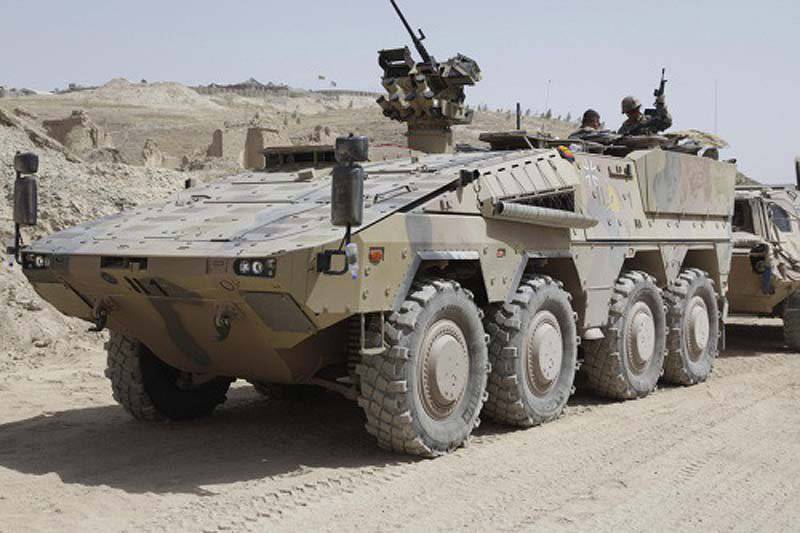
The newest machine of the German army Boxer MRAV in A1 configuration is deployed in Afghanistan. A FLW 2000 Dubbed is installed on the machine on a raised support in order to get a larger declination angle 12,7-mm machine gun M2 HB
The German army must leave the bulk of their Fuchs 1 6x6 BTR vehicles from Rheinmetall MAN Military Vehicles and their variants. Many of them are being upgraded to the newest standard Fuchs 1 A8, in which particular emphasis is placed on increasing survivability.
For the export market, Rheinmetall MAN Military Vehicles has developed a new Fuchs 2 machine, which is in service with the UAE (32 intelligence vehicles) and Algeria (including the local assembly).
The German army also has a large number of protected Dingo vehicles and light armored Mungo landing vehicles from Krauss-Maffei Wegmann. Over the 1000 Dingo machines were manufactured, they are used for more special tasks.
Dingo 1, armed only with the German army, has a crew of five people, including the driver. The current serial Dingo 2 is based on the new Unimog U-5000 4x4 off-road chassis and has a crew of eight people including the driver.
Eagle III 4x4 from GDELS-MOWAG was selected to meet the needs of the German army in a protected commander vehicle; almost 500 of such machines were ordered. Final assembly must be carried out in Germany. The competition was held with the subsequent purchase, it was attended by Armored Multi Purpose Vehicle (AMPV) from Krauss-Maffei Wegmann / Rheinmetall MAN Military Vehicles and the latest Eagle V car from GDELS-MOWAG. In the end, Eagle came out the winner.
The first contract for the German army included 100 machines. To meet the needs of March, 2014 machines were also purchased for 76.
Italian investment in BBM
The consortium Consorzio Iveco Oto (CIO) supplied the Italian army 200 MBT Ariete and 200 BMP Dardo, which, if funding is available, will be upgraded in the future.
The main focus of the Italian army on wheeled vehicles; she was supplied with about 400 105-mm Centauro 8x8 self-propelled artillery, but they are currently expected to be replaced with Centauro 120 2x8 8-mm.
BMP Freccia 8x8 comes into service in ever-increasing numbers, along with specialized options, including 120-mm mortar installation, control center, anti-tank and reconnaissance. The army also received the first batch of medium protected MPV machines in the sanitary version and route clearing (demining).
Soon, the Italian army will also receive the latest LMV LMVs from Iveco Defense Vehicles, which have been sold to nine countries.
The first Norwegian CV9030N cars from BAE Systems Hagglunds with Kongsberg Protector mounted on the turret of the Dubsmus Protector armed with an 12,7-mm machine gun
Norway gets the latest BMP CV9030N
Norway retired its obsolete MBT Leopard 1 and replaced them with 57 tanks Leopard 2. All major support vehicles, including the evacuation option, the repair option, the bridge laying system (all based on the Leopard 1 chassis) must also be replaced with the options on the Leopard 2 base.
Norway became the first exporter of BAE Systems CV90 machines, adopting the 104 CV9030NS machines, equipped with a turret with the original ATK Armament Systems 30-gun and a 7,62-mm machine gun.
In accordance with the contract issued to BAE Systems Hagglunds in the middle of 2012, Norway will deploy a fleet of CV144N 9030 machines in the future, which will consist of both new and modernized machines to a common standard.
The first CV9030N BMP was transferred in February 2014 of the year. These machines are armed with the latest 30-mm cannon MK44 from ATK Armament Systems, they are equipped with a new booking kit, rubber tracks from Canadian company Soucy International, digital electronic architecture, cameras providing all-round 360 ° viewing, and the OCM Protector is installed on the roof of the tower. armed with a machine gun M2 HB caliber 12,7 mm.
Upon completion of deliveries in 2017, the CV9030N fleet of the Norwegian Army will consist of 74 BMP, 21 reconnaissance vehicle with a sensor kit on the mast, 15 control points, 16 engineering, 16 multi-tasking and two driving instruction machines.
Norway is the main operator of the LMV; Under the initial contracts, 108 vehicles were supplied and another 62 vehicles were ordered in 2013.
Sweden adopts new BBM
It was expected that the Swedish army would adopt the BAE Systems Hagglunds SEP vehicle, but the program was canceled in 2008. This prompted the army to hold a new competition, according to the results of which the modular armored AMV (Armored Modular Vehicle) from the Finnish company Patria was selected.
The contract provided for the delivery of an initial batch of 113 machines with an option for the second batch of 113 machines. All of them come from Finland, but are equipped with a Swedish set of passive armor, supplied by Akers Krutbruk Protection AB.
They are also equipped with a DBMS Protector, armed with an 12,7-mm machine gun M2 HB, which is the standard for many Swedish BBM.
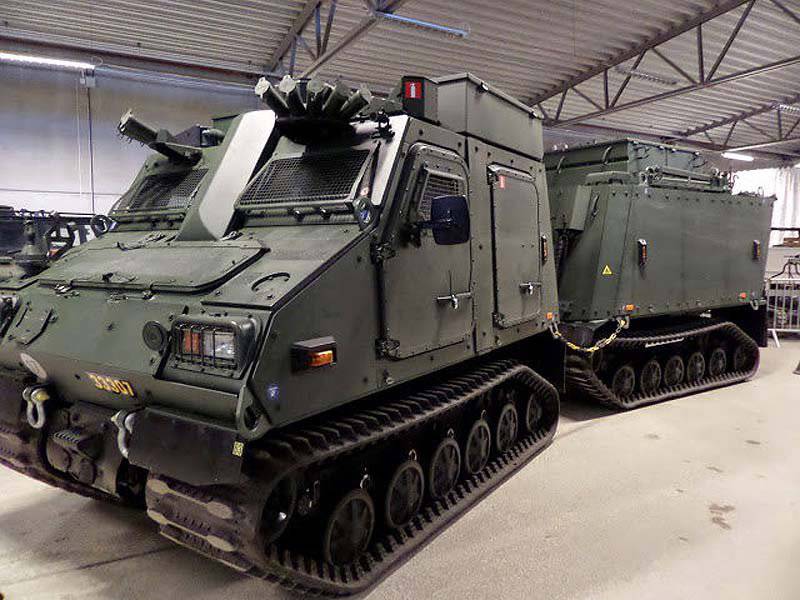
Swedish articulated all-terrain vehicles BAE Systems BvS 10 Mk IIB get off the assembly line and “shod” in rubber tracks
Sweden also felt the need for a new off-road vehicle, and after testing between Bronco from Singapore Technologies Kinetics and Swedish BvS 10 Mk II, a local product was selected.
Initial deliveries under the first contract in the number of 48 machines BvS 10 Mk IIB of the latest standard were carried out in the 2013 year.
The second batch of 102 machines was ordered at the end of the 2013 of the year, which will make it possible not to stop the production line until 2015 of the year.
Sweden received four BvS 10 Mk II variants: personnel transporter, commander, ambulance and cargo.
Swedish cars have a slightly raised roof to increase the internal volume, a Kongsberg Protector DBMS, armed with an 12,7-mm M2 HB machine gun, and an 7,62-mm machine-gun on the rear module are installed on the front conveyor module.
The Swedish army accepted the 509 BMP CV9040 in several versions, plus 40 packages for the AMOS Advanced Mortar Mortar (Advanced Mortar System), but they were all put into stock after Sweden left the program. Meanwhile, in the second half of 120, the Swedish army is expected to issue a BAE Systems Hagglunds contract to overhaul and carry out some small 2014 upgrades on CV384 machines.
All of the Swedish CV9040S except the more specialized versions are equipped with a twin turret armed with a 40-mm Bofors L70 cannon and a paired 7,62-mm machine gun.
The company BAE Systems Hagglunds modified the CV90 BMP, which resulted in the CV9030 series of vehicles, and most recently the CV9035, which were sold in relatively large quantities to Denmark, Finland, the Netherlands, Norway and Switzerland.
Britain is waiting
After many years of underfinancing their land-based capabilities, the UK should get some of the much-needed new BBM by the end of this decade.
Remaining tracked combat vehicles from Alvis Vehicles, including the Scimitar reconnaissance vehicle, which entered service with the British army in 1973-1974, should be replaced with the special reconnaissance vehicle Scout Specialist Vehicle (SV) from General Dynamics UK.
The Mobile Test Rig MTR (Mobile Test Rig) was manufactured at the GDELS-Steyr plant in Vienna in May 2013; It is currently undergoing sea trials with a volume of 10-000 km.
Then six prototypes will be made, of which three will be in a special Scout configuration with an installed twin turret from Lockheed Martin UK, armed with a CTWS CTAI 40-mm cannon, a paired 7,62-mm machine gun and a modern optical-electronic fire control system from Thales UK.
The remaining three prototypes are repair, evacuation, and the PMRS (Protected Mobility Recce Support) intelligence support version - for her, a critical analysis of the project according to General Dynamics UK was completed in April 2014. These options and the Scout machine itself are assigned to the Block 1 stage. The 2 Block phase will include sanitary, engineering options, and an operational control machine.
The first buildings for Scout SV will come from the GDELS-Santa Barbara Sistemas factory in Spain, and the final assembly will be conducted at the Defense Support Group (DSG) factory in the UK, which is currently being auctioned by the Department of Defense.
The second major program of the British army is WCSP, in which Lockheed Martin UK is the main contractor, although it does not have experience in modernizing BBM. However, the actual work on upgrading WCSP is expected to be carried out at the DSG plant in Donnington. The Warrior WCSP program can potentially cost 1 a billion pounds (1,7 billion dollars) and consists of WFLIP programs (Warrior Fightability and Lethality Improvement Program - Warrior BMP combat and mortality improvement program), WMPS (Warrior Modular Protection System). allows you to install various booking kits, consisting of a combination of passive and reactive armor) and WEEA (Warrior Enhanced Electronic Architecture - Warrior improved electronic architecture, which allows to simplify the modernization in the case of new technologies and new equipment) along with several less voluminous upgrades.
A serial sample of a Terrier Combat Engineer Vehicle combat engineering vehicle being tested in Southern England
WFLIP includes a deep upgrade of the existing two-seat turret, in which the unstabilized 30-mm RARDEN cannon will be replaced by the 40-mm CTWS CTAI, the twin machine gun 7,62-mm will be abandoned. A total of 11 prototypes are manufactured, including eight Warrior BMPs (including two commanding), a command post, repair and evacuation options.
Based on the experience gained in Iraq and Afghanistan, the UK has invested heavily in a full line of Protected Patrol Vehicles (PPV) protected patrol vehicles.
Most of the Mastiff and Ridgback machines from General Dynamics Land Systems Force Protection Europe and Husky from Navistar Defense, exported from the United States, will form the basis of the rearmament program of the British army.
According to the results of the competition for the replacement of the car Snatch Land Rover, the United Kingdom chose Ocelot from General Dynamics Land Systems - Force Protection Europe (immediately renamed Foxhound). At the moment, the contracts provide for the manufacture of 400 machines, the production of which is currently underway.
Engineering troops received the latest machines from 66 engineering systems ETS (Engineer Tank Systems) according to the latest standard FABS. The ETS complex consists of 33 treadmilling machines Trojan and 33 Titan bridge-laying machines.
In August 2014, BAE Systems delivered the latest 60 Terrier combat engineering vehicles to the royal engineering forces to replace the decommissioned Combat Engineer Tractor.
The British army is armed with 386 OBT Challenger 2 manufactured by Vickers Defense Systems (currently BAE Systems Combat Vehicles UK), but it is expected that only 227 vehicles will remain in service. Initially, they were expected to be upgraded in many ways, including replacing the 120-mm rifled L30A1 cannon with the 120-mm Rheinmetall L55 smooth-bore gun, which was tested on the Challenger 2 tank.
The remaining Challenger 2 tanks will undergo a life extension program with a possible entry into service in the 2022 year. The focus here will be on replacing outdated systems, mainly in the tower.
Materials used:
www.janes.com
www.army-technology.com
www.defensenews.com
www.nexter-group.fr
www.renault-trucks-defense.com
www.kmweg.de
www.rheinmetall-defence.com
www.iveco.com
www.otomelara.it
www.generaldynamics.uk.com
www.baesystems.com
www.lockheedmartin.co.uk
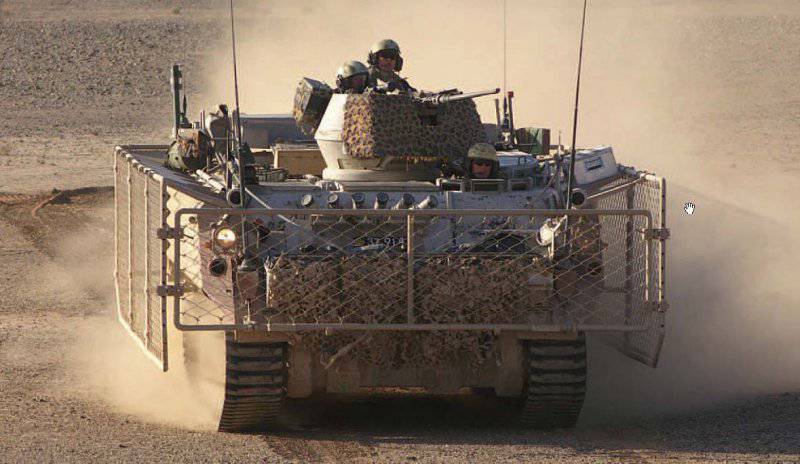
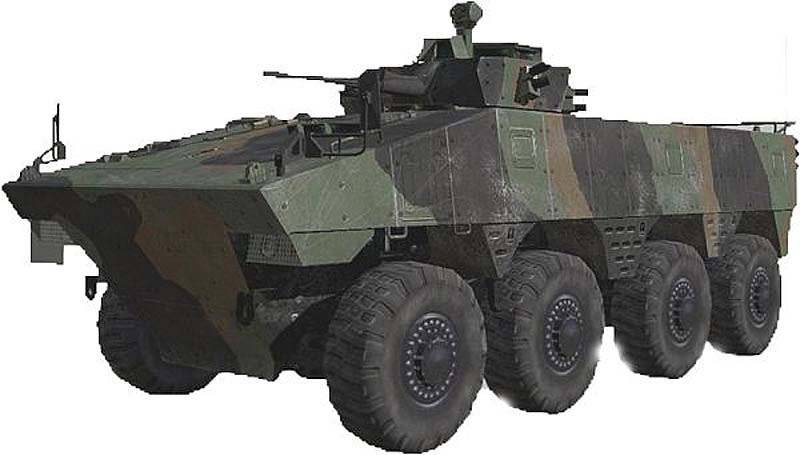
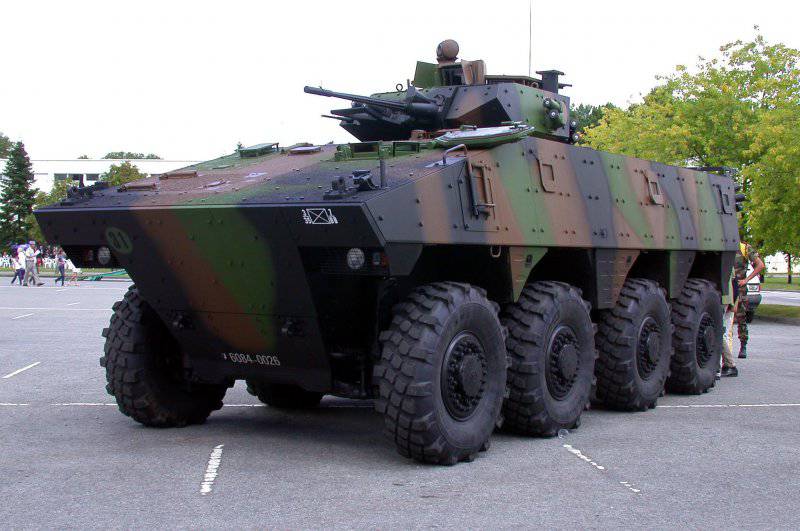
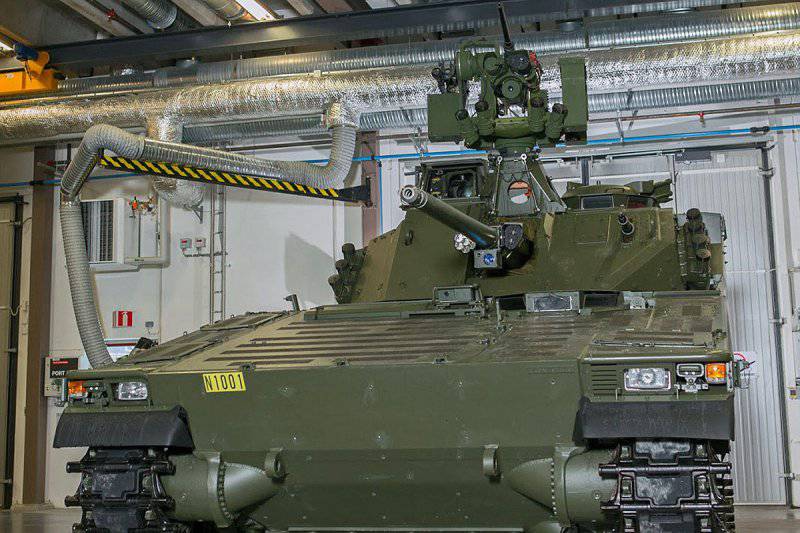
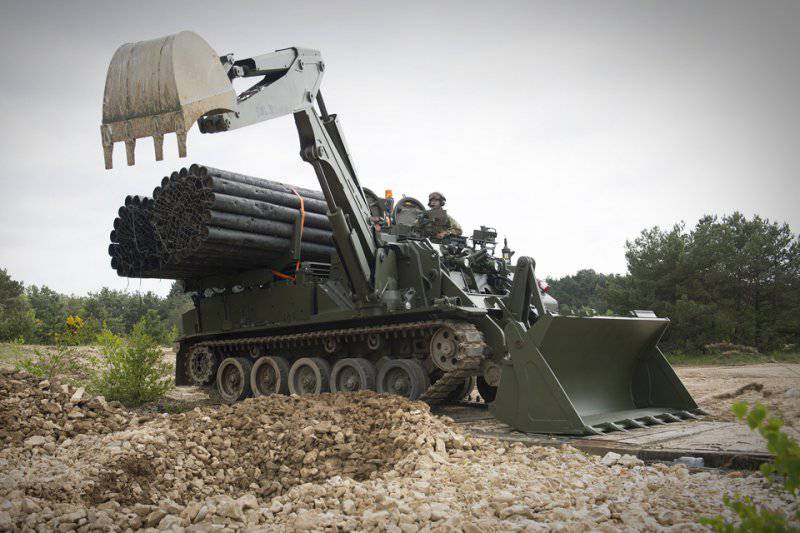
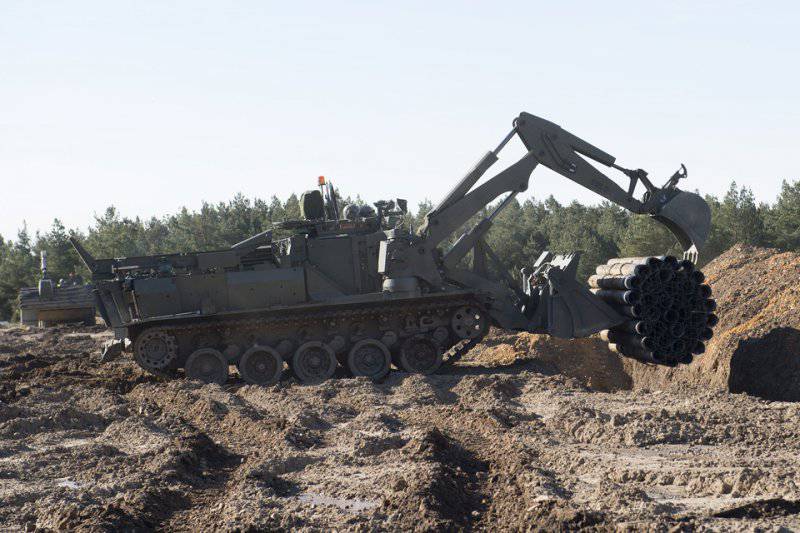
Information